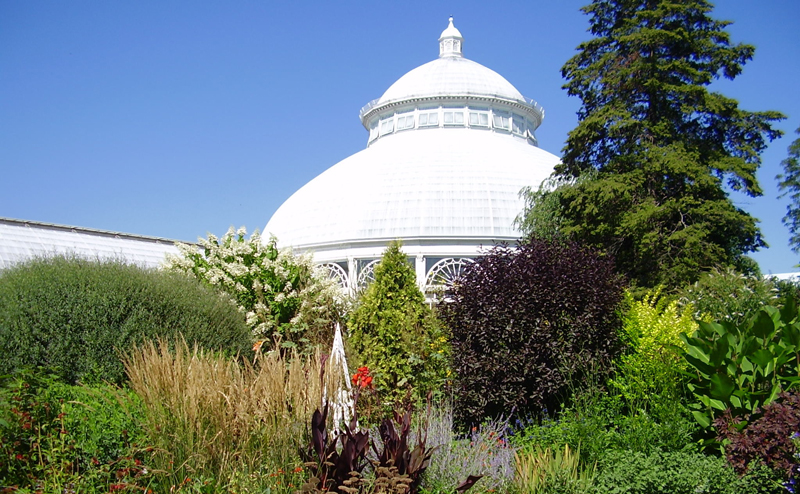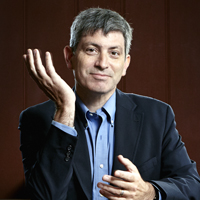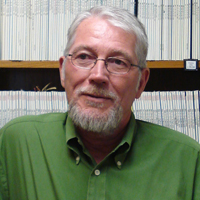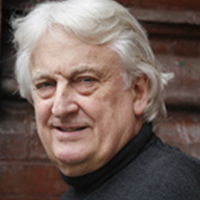Nearly 100 years ago, Russian geneticist Nikolai Vavilov — recognized today as the “father of biodiversity” — created the world’s first seed bank with the dream of ending famine and hunger. Persecuted by Stalin, Vavilov was thrown into a Communist jail and died before he could enact his grand vision, but his groundbreaking discoveries triggered a global revolution in agriculture that continues today.
Peter Pringle, acclaimed journalist and author of The Murder of Nikolai Vavilov, joined Robert Goodman, Executive Dean of the School of Environmental and Biological Sciences at Rutgers University, to explore strategies for ensuring the survival of the planet’s botanical heritage in the face of potentially catastrophic global threats. Award-winning science writer Carl Zimmer moderated.















